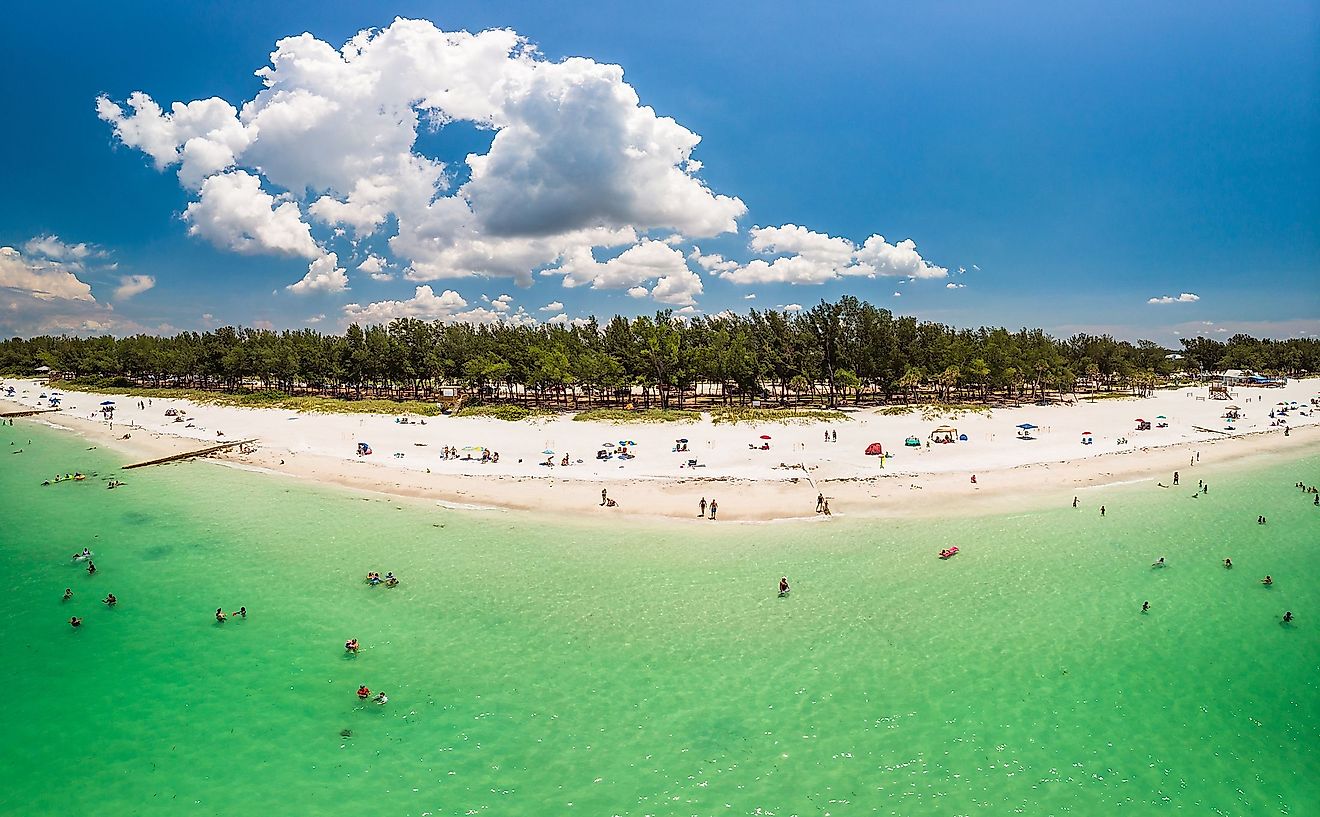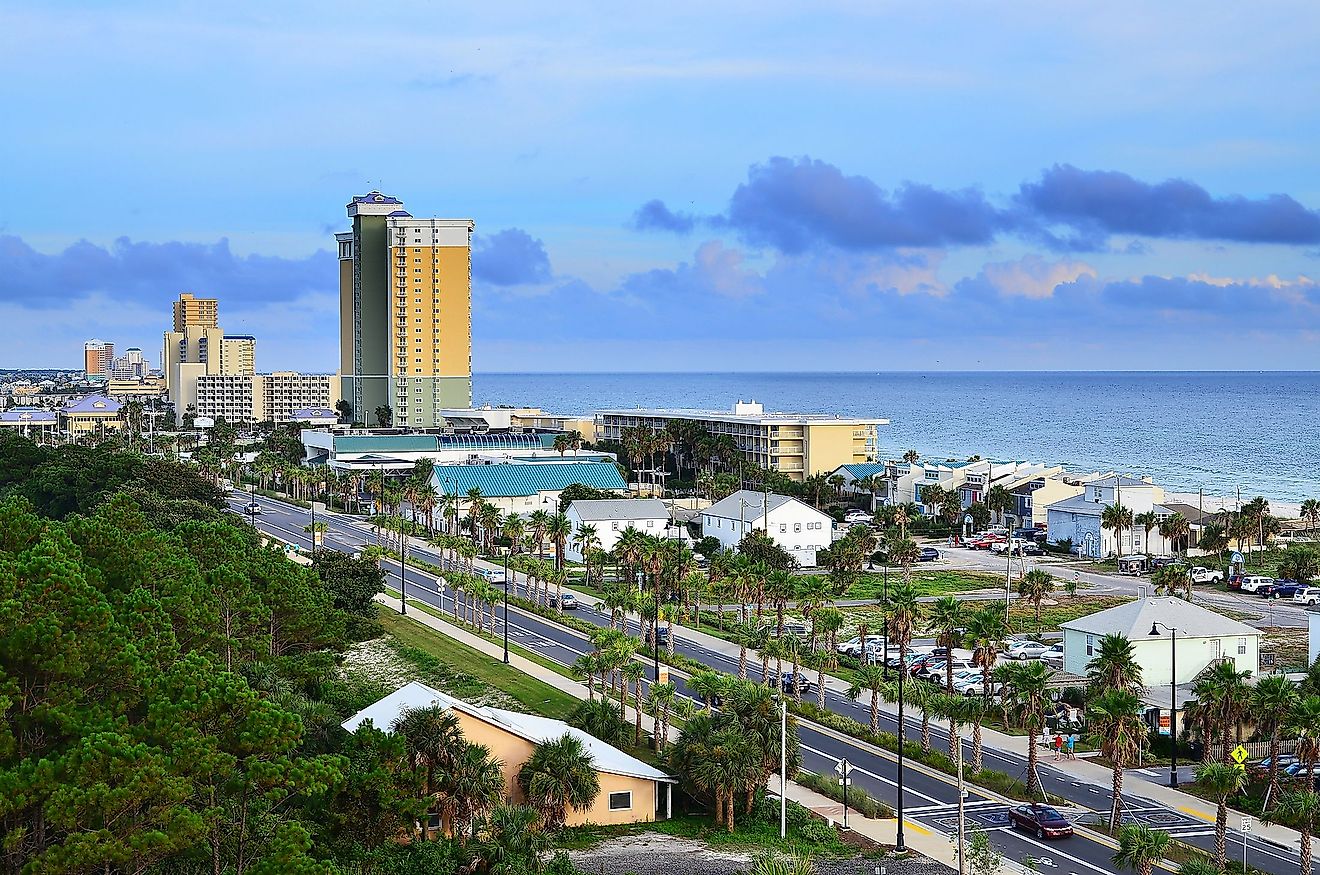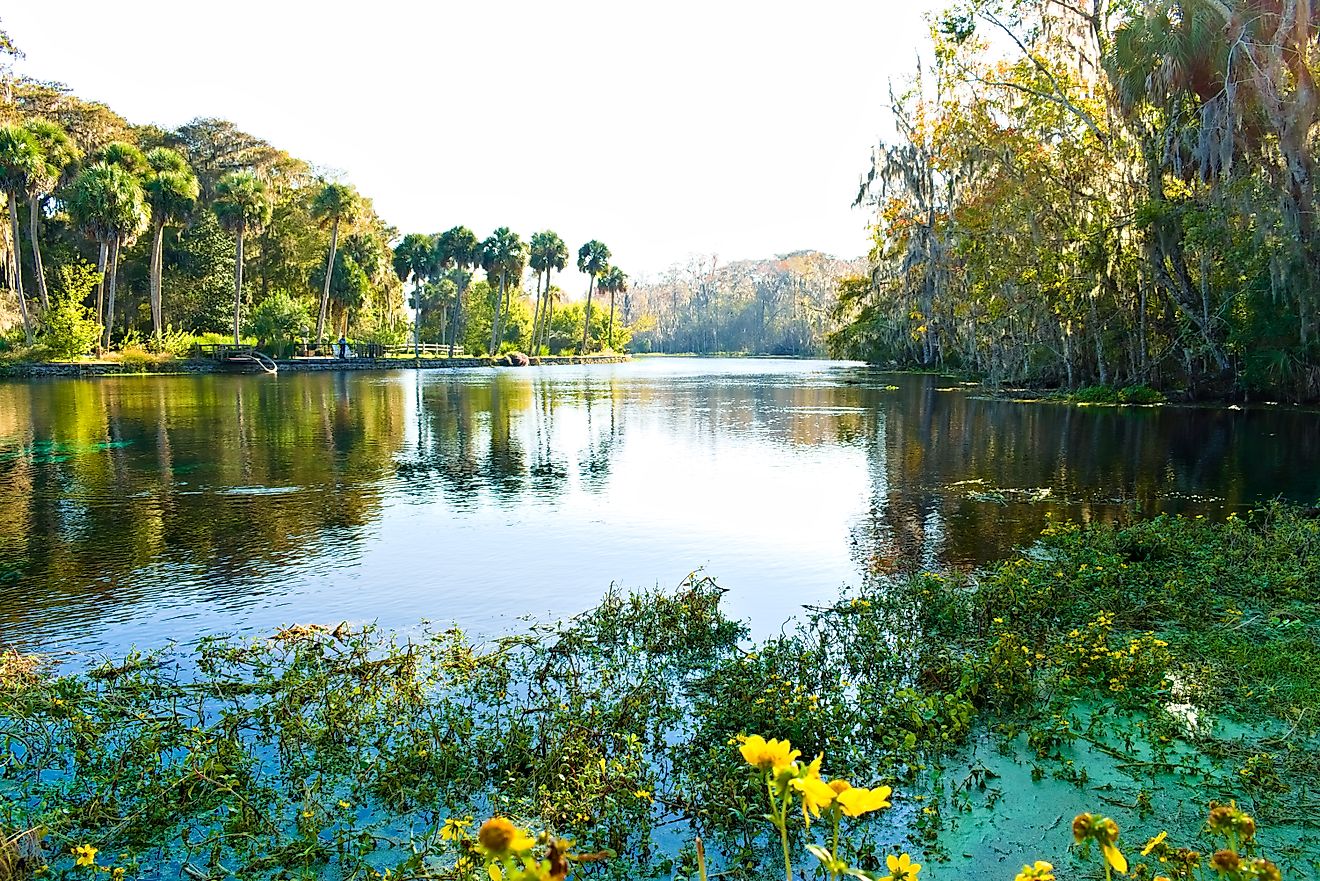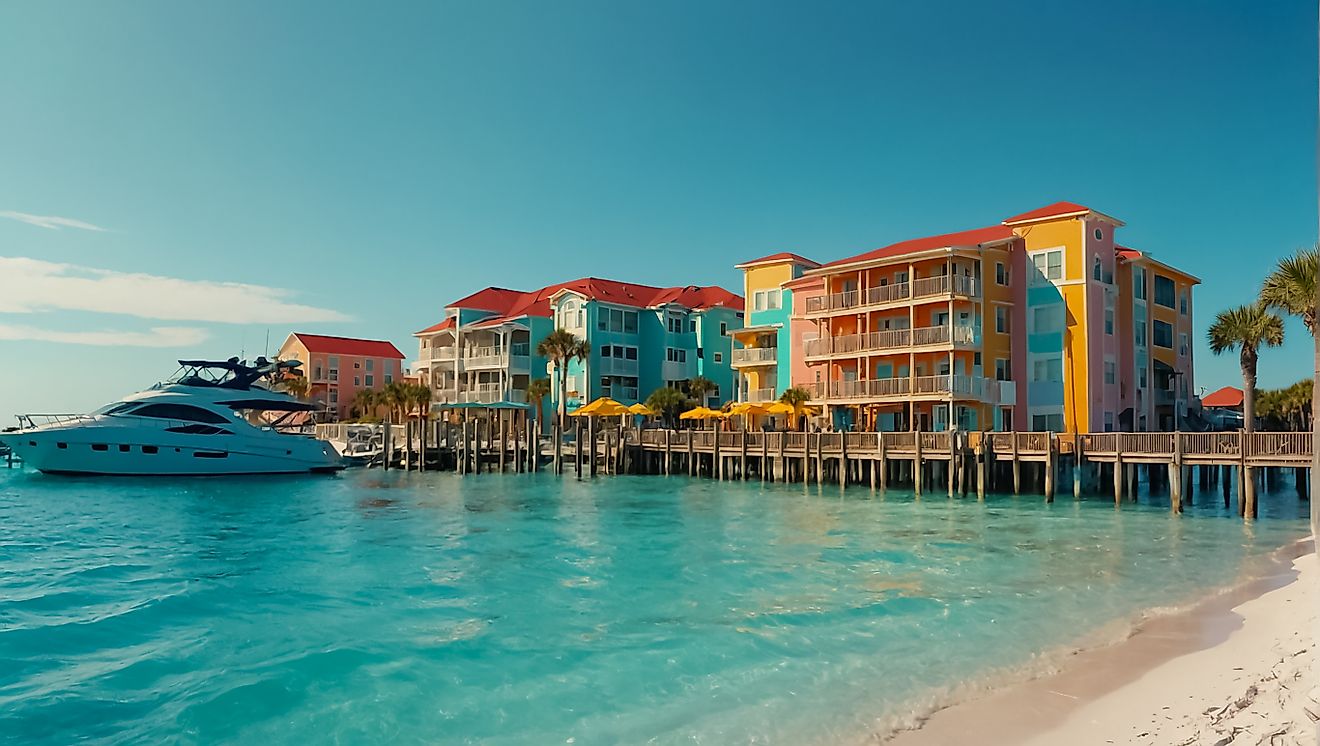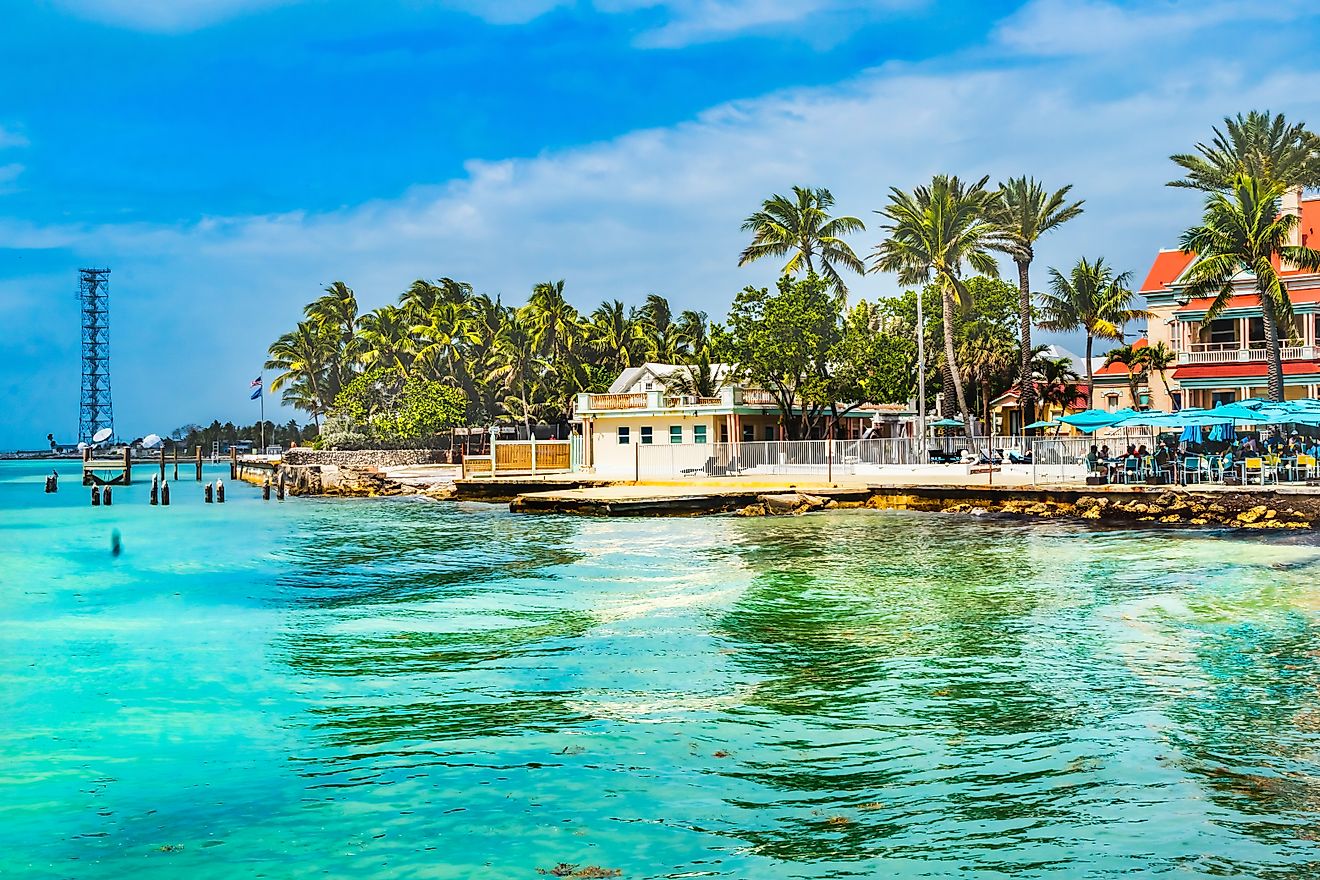
Florida's Oldest Founded Towns You Need to Visit
Florida’s oldest towns are more than just scenic spots—they're living history. Steeped in centuries of Spanish influence and colonial heritage, these towns are where the past comes alive. Stroll through cobblestone streets, marvel at centuries-old architecture, and uncover the stories that shaped the Sunshine State. Each town holds a unique blend of cultural influences, from Native American roots to European settlers, making every visit a step back in time. Whether you're exploring historic landmarks or savoring local traditions, these charming towns offer a rich, immersive experience of Florida’s vibrant history.
St. Augustine
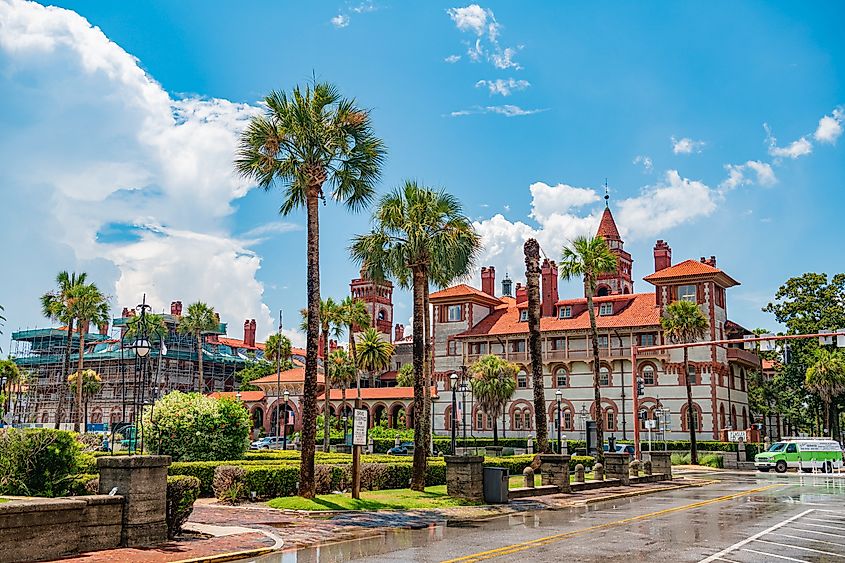
St. Augustine is the oldest continuously inhabited European-established settlement in the continental United States, founded in 1565 by Spanish admiral Pedro Menéndez de Avilés. This historic town served as a strategic military outpost and a hub of Spanish colonial activity, evolving into a melting pot of cultures influenced by Spanish, British, and Native American heritages.
Visitors can explore numerous historical landmarks, including the Castillo de San Marcos, a 17th-century stone fortress offering stunning views of Matanzas Bay. The Lightner Museum, in a former Gilded Age hotel, showcases Victorian-era artifacts and the Cathedral Basilica of St. Augustine highlights the town's Spanish roots.
St. Augustine is also known for its ghostly legends, with the haunted St. Augustine Lighthouse attracting paranormal enthusiasts. Guided tours often stop at the Colonial Quarter for engaging re-enactments, while the narrow cobblestone streets encourage leisurely exploration, offering a rich blend of education and entertainment.
Pensacola

Pensacola, often called "The City of Five Flags," has a fascinating history that starts in 1559, when Spanish explorer Tristán de Luna founded it. The name reflects the city's diverse past under Spanish, French, British, Confederate, and American flags. The city was initially abandoned because of a hurricane, but by 1698, Pensacola was back on its feet and has been thriving ever since as a cultural and historical hotspot.
Many historical landmarks, like Fort Barrancas and Fort Pickens, highlight the city’s military importance. The Historic Pensacola Village is a must-visit—it features preserved colonial-era buildings like the 1805 Dorr House and museums like the Pensacola Museum of History and the Colonial Archaeological Trail that dive into the town's rich background. Don’t miss the National Naval Aviation Museum, one of the world's largest aviation museums and showcases Pensacola's close ties with the U.S. Navy.
Pensacola also hosts the Pensacola Pelican Drop on New Year's Eve. Plus, you can stroll through the historic district, exploring art galleries like the Pensacola Museum of Art, antique shops like Antiques on Palafox, and cozy cafes like Joe Patti's Seafood, which add to Pensacola's charming vibe.
Fernandina Beach
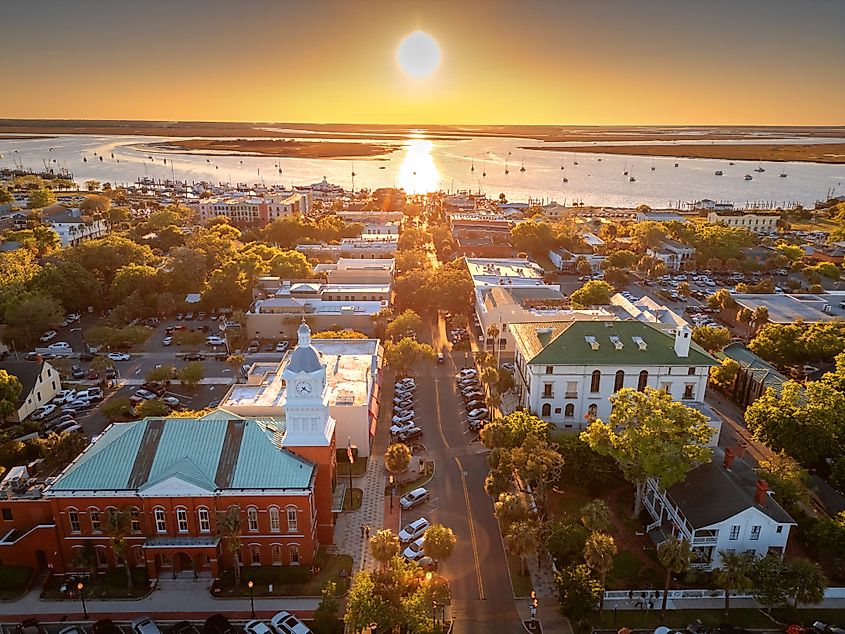
Fernandina Beach, Florida, USA historic downtown cityscape at dusk.
Fernandina Beach on Amelia Island officially started in 1811, but its history goes way further back with the Indigenous Timucuan settlements. It’s known as "The Isle of Eight Flags" because eight different nations have claimed it over the years, and each has left its mark on the town's history and culture.
This rich history is seen in the beautiful Victorian architecture, especially in the historic district. If you’re curious about the past, the Amelia Island Museum of History has some excellent exhibits and walking tours that bring the town’s story to life. Fort Clinch State Park is a great spot to learn about Civil War history with its impressive fortifications and cool living history demos.
Fernandina Beach also hosts the annual Isle of Eight Flags Shrimp Festival, which celebrates the local shrimping scene with parades, arts and crafts, and tons of delicious seafood. If you want to soak in the charm, you can even ride a carriage through the lovely streets of historic homes. It's a great way to experience the town's history!
Key West

Key West is the southernmost point in the continental US and officially became a US territory in 1822. This place is all about that laid-back atmosphere and stunning sunsets. It has a fascinating maritime history; it was even a naval base during the Civil War and attracted famous writers like Mark Twain and Stephen Crane.
You can't miss the Ernest Hemingway Home and Museum, where he wrote some of his most famous pieces. There's also the Harry S. Truman Little White House, which served as a presidential retreat for Truman. And for a glimpse into the island's nautical past, the Key West Lighthouse and Keeper’s Quarters Museum are worth a visit.
Key West has this quirky event called the Conch Republic Independence Celebration. It’s a lighthearted way to remember when the town briefly seceded from the US in 1982. While you’re there, take a stroll down Duval Street to check out the eclectic shops like Islander Watersports and the Butterfly Conservatory, enjoy live music at venues like Sloppy Joe's, and experience the vibrant nightlife with popular spots like the Green Parrot Bar that truly capture the unique spirit of Key West.
Apalachicola
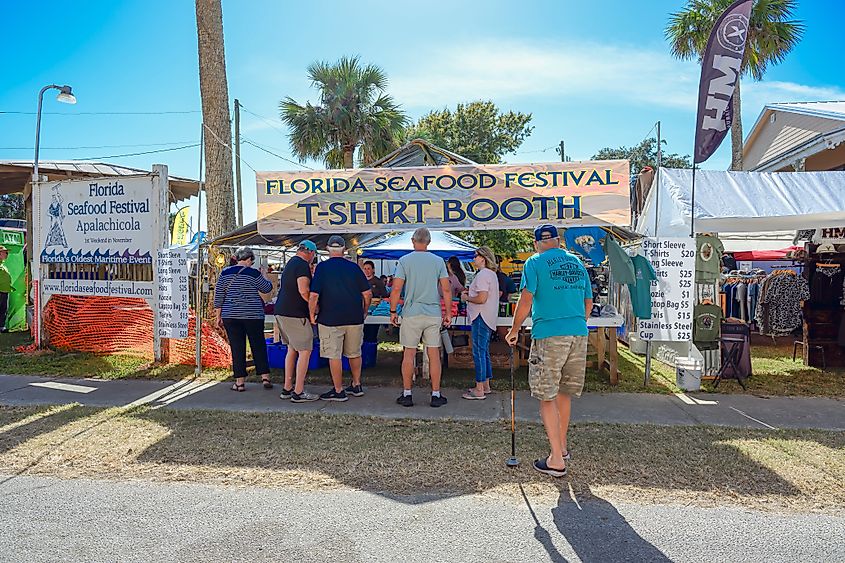
Apalachicola, founded in 1827, is a charming little spot along Florida's Forgotten Coast. It’s famous for its oyster industry, and the town’s history is all about maritime commerce and Southern charm, making it a perfect getaway from the busy life. Check out the John Gorrie Museum State Park, which pays tribute to Dr. John Gorrie, the man who invented the ice machine and air conditioning—pretty important for the area's warm climate! And, the Raney House Museum, with its period furniture, gives you a look into 19th-century Southern life, which is really cool.
If you're looking for something fun, don’t miss Apalachicola’s annual Florida Seafood Festival. It's the oldest maritime event in the state and celebrates the town's rich seafood heritage with cook-offs, parades, and nautical fun. You can wander the lovely streets filled with boutiques like Coastal Treasures and Beachside Boutique and enjoy eateries such as Seaside Café and Oceanview Bistro, all while soaking up that peaceful coastal vibe!
Micanopy

Micanopy, Florida. View of the old part of Micanopy. Editorial credit: Fsendek / Shutterstock.com
Micanopy, often called the "Town that Time Forgot," was founded in 1821 and has an adorable, old-world charm. Named after a Seminole chief, this little gem has kept its history and heritage intact, giving visitors a real taste of the past.
You’ll find many antique shops, like The Antique Shop and Micanopy’s Own, along with the Micanopy Historical Society Museum, where you can dive into local stories and check out incredible artifacts such as vintage furniture, Civil War memorabilia, and Native American crafts. And don’t miss the Herlong Mansion—it's a lovely bed and breakfast that showcases the town's Southern hospitality and architecture.
Micanopy was also a famous filming location for the 1991 movie "Doc Hollywood" with Michael J. Fox. So, if you stroll down the tree-lined streets, you’ll uncover hidden gems and soak up the nostalgic atmosphere that makes Micanopy unique.
Cedar Key

Cedar Key, founded in 1859, is a charming cluster of small islands off Florida's Gulf Coast. It's got this extraordinary fishing heritage and stunning natural beauty that make it a perfect spot for a getaway. If you're into history, you should check out the Cedar Key Historical Museum to learn about the town's fishing and railroad past. And don't miss the Cedar Key Museum State Park, where you can explore the restored home of Saint Clair Whitman, one of the early settlers and naturalists.
Cedar Key hosts an annual Seafood Festival celebrating the lively community and the fantastic marine life. While you’re there, you can enjoy kayaking, bird watching, and exploring the Gulf's warm waters, all while soaking up the charm of this coastal gem!
Quincy
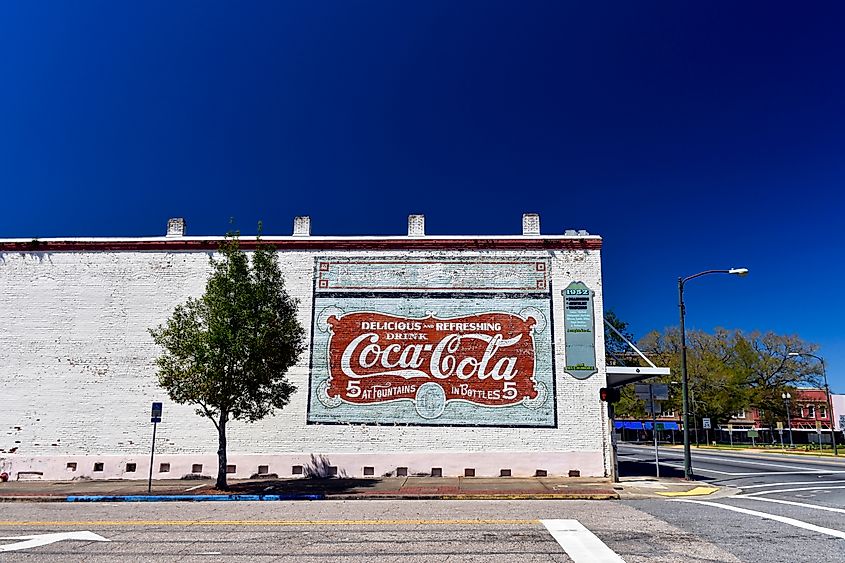
Quincy is a charming town founded in 1828. This little gem in Florida's panhandle has a lot of agricultural history, especially when it comes to tobacco. The city took off after the "Gadsden Purchase," when local investors bought some Coca-Cola stock, bringing prosperity. Quincy is known as the "City of Coca-Cola Millionaires" because so many locals got wealthy from their investments in the company.
If you visit, you’ve got to check out the Gadsden Arts Center & Museum, where you can immerse yourself in the local art and culture. And don’t miss the Quincy Historic District, with its gorgeous antebellum homes. There’s also the Leaf Theatre, an excellent restored Art Deco cinema that hosts cultural performances and film screenings.
Timeless Charm of Florida's Historic Towns
Exploring Florida's historic towns is like stepping into a living storybook filled with the state’s rich culture and heritage. Each city has a unique environment and tale, inviting you to return in time. Whether you’re wandering through captivating landmarks or checking out fun local events, there’s plenty to enjoy You’ll connect with the community and discover stories that will stick with you long after your visit. So, don’t miss out on experiencing the charm and history of these incredible towns!
